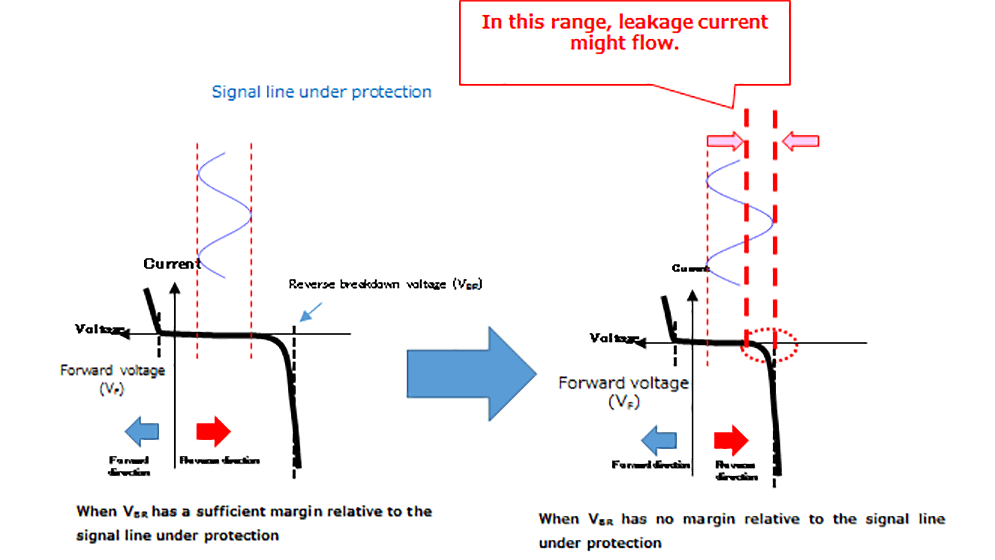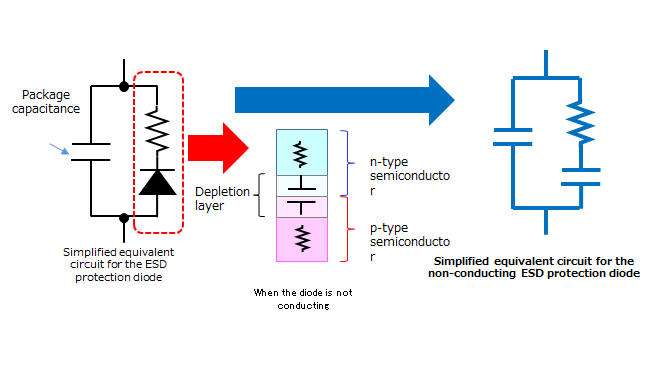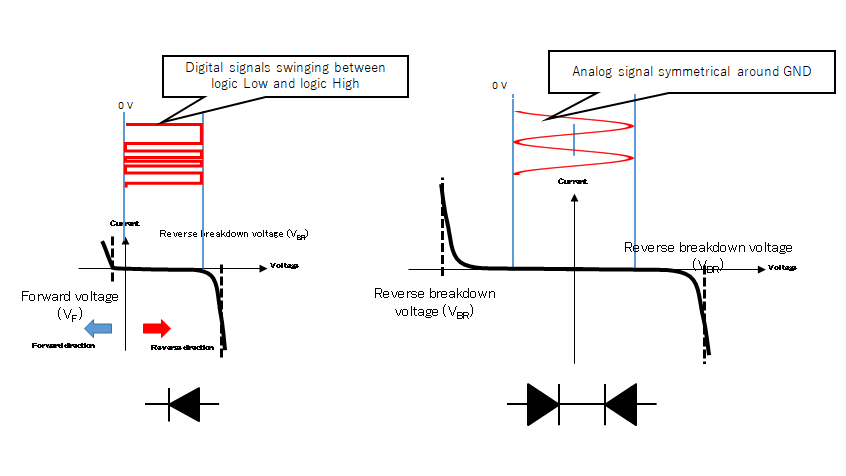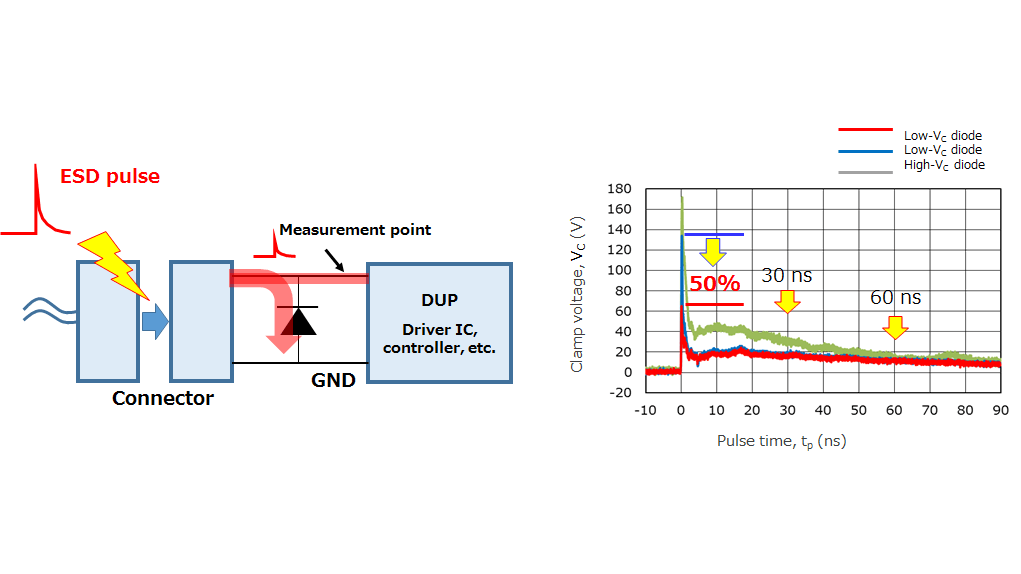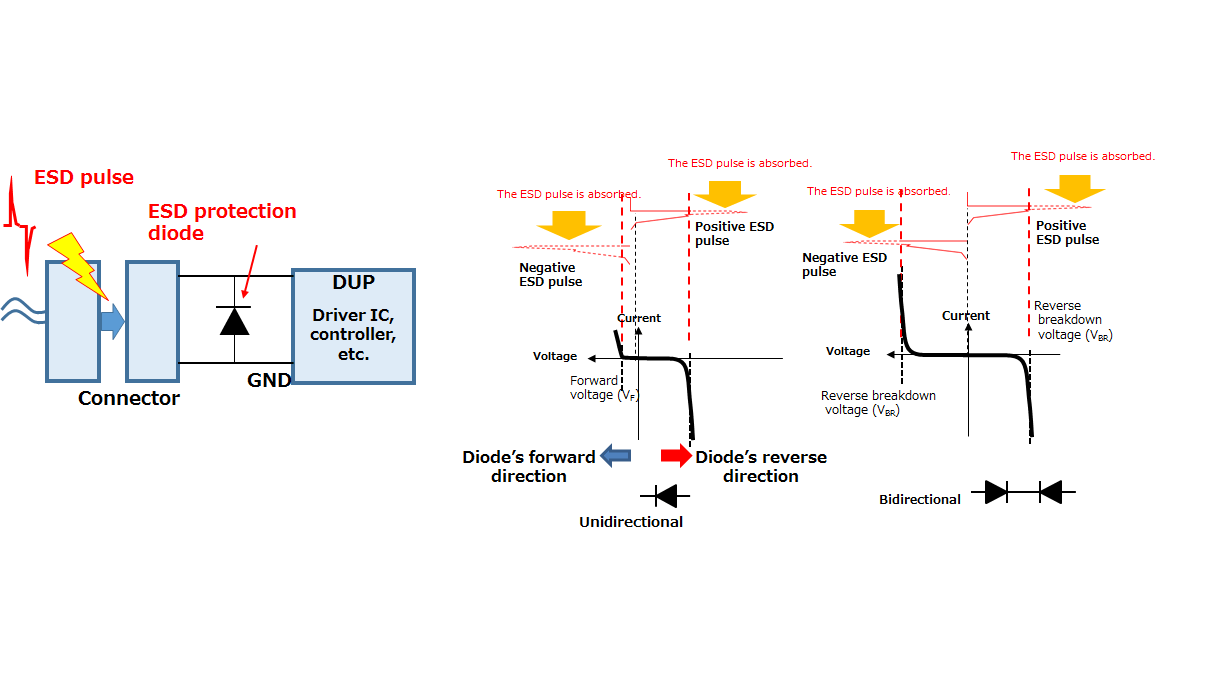- 型号 & 关键词搜索
- 交叉搜索
- 参数搜索
- 库存查询与购买
This webpage doesn't work with Internet Explorer. Please use the latest version of Google Chrome, Microsoft Edge, Mozilla Firefox or Safari.
请输入3个以上字符 Search for multiple part numbers fromhere.
The information presented in this cross reference is based on TOSHIBA's selection criteria and should be treated as a suggestion only. Please carefully review the latest versions of all relevant information on the TOSHIBA products, including without limitation data sheets and validate all operating parameters of the TOSHIBA products to ensure that the suggested TOSHIBA products are truly compatible with your design and application.Please note that this cross reference is based on TOSHIBA's estimate of compatibility with other manufacturers' products, based on other manufacturers' published data, at the time the data was collected.TOSHIBA is not responsible for any incorrect or incomplete information. Information is subject to change at any time without notice.
请输入3个以上字符
3-2 ESD事件保护的主要特性(1)
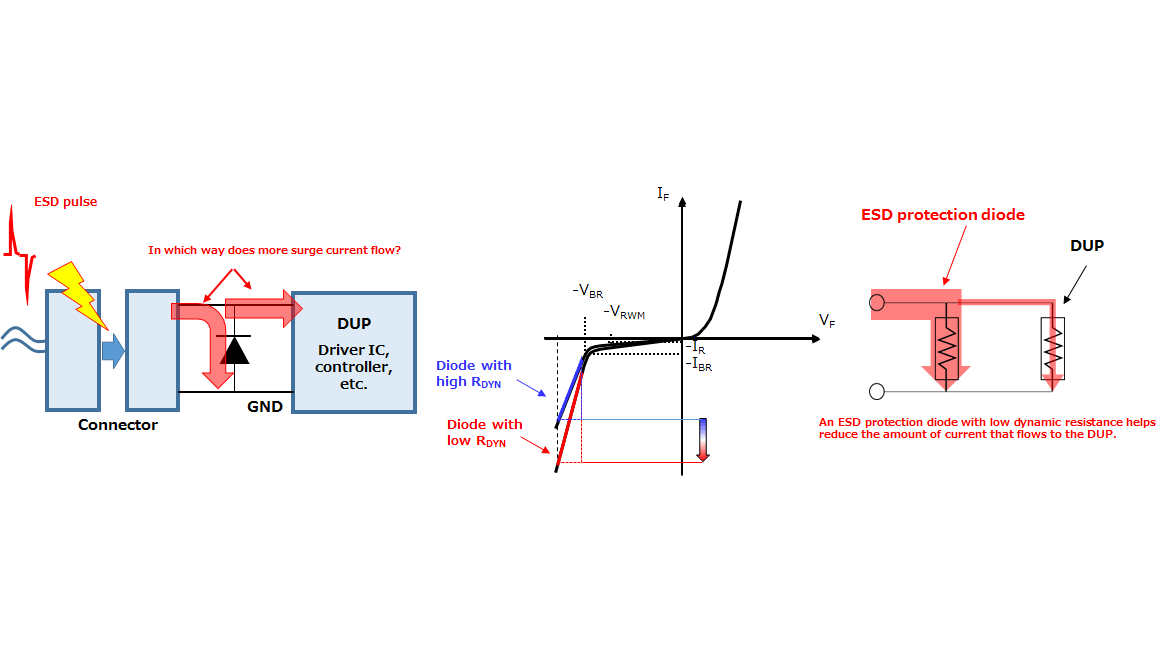
3-2(1)低动态电阻(RDYN)
在发生ESD冲击时,ESD电流同时流入ESD保护二极管和受保护器件(DUP)。这种情况下,减少流入受保护器件的电流(即增加分流到ESD保护二极管的电流)是十分重要的。
目前,ESD保护二极管数据表含有动态电阻(RDYN)。RDYN是反向导通模式下VF–IF曲线的斜率。如果发生ESD冲击,给定电压下,低动态电阻ESD保护二极管可以传输更大电流。
从连接器端看,ESD保护二极管和受保护器件的阻抗可视为并联阻抗。如果ESD保护二极管阻抗(即动态电阻)低,则大部分浪涌电流可通过ESD保护二极管分流,减少流入受保护器件的电流,从而降低损坏的可能性。

图3.9说明如何计算ESD保护二极管的动态电阻(RDYN),以及ESD电击时浪涌电流的流向。如果ESD保护二极管阻抗(即动态电阻)低,则大部分浪涌电流可通过ESD保护二极管分流到地(GND),从而减少流入受保护器件的电流。因此,ESD保护二极管有助于防止手保护啊器件因ESD冲击而损坏。传输线脉冲(TLP)测试用于纳秒级宽度短脉冲,根据随时间变化的电流-电压关系可研究二极管的电流-电压(I-V)特性。下图中,TLP I和TLP V分别代表电流和电压。
第Ⅲ章:TVS二极管(ESD保护二极管)的主要电气特性
相关信息
- 产品页
TVS二极管(ESD保护二极管) - 应用说明
二极管 - FAQ
TVS二极管(ESD保护二极管) - 查看所有东芝 TVS 二极管(ESD 保护二极管)产品的参数:
参数搜索 - 查询TVS二极管(ESD保护二极管)的库存并购买:
库存查询与购买



